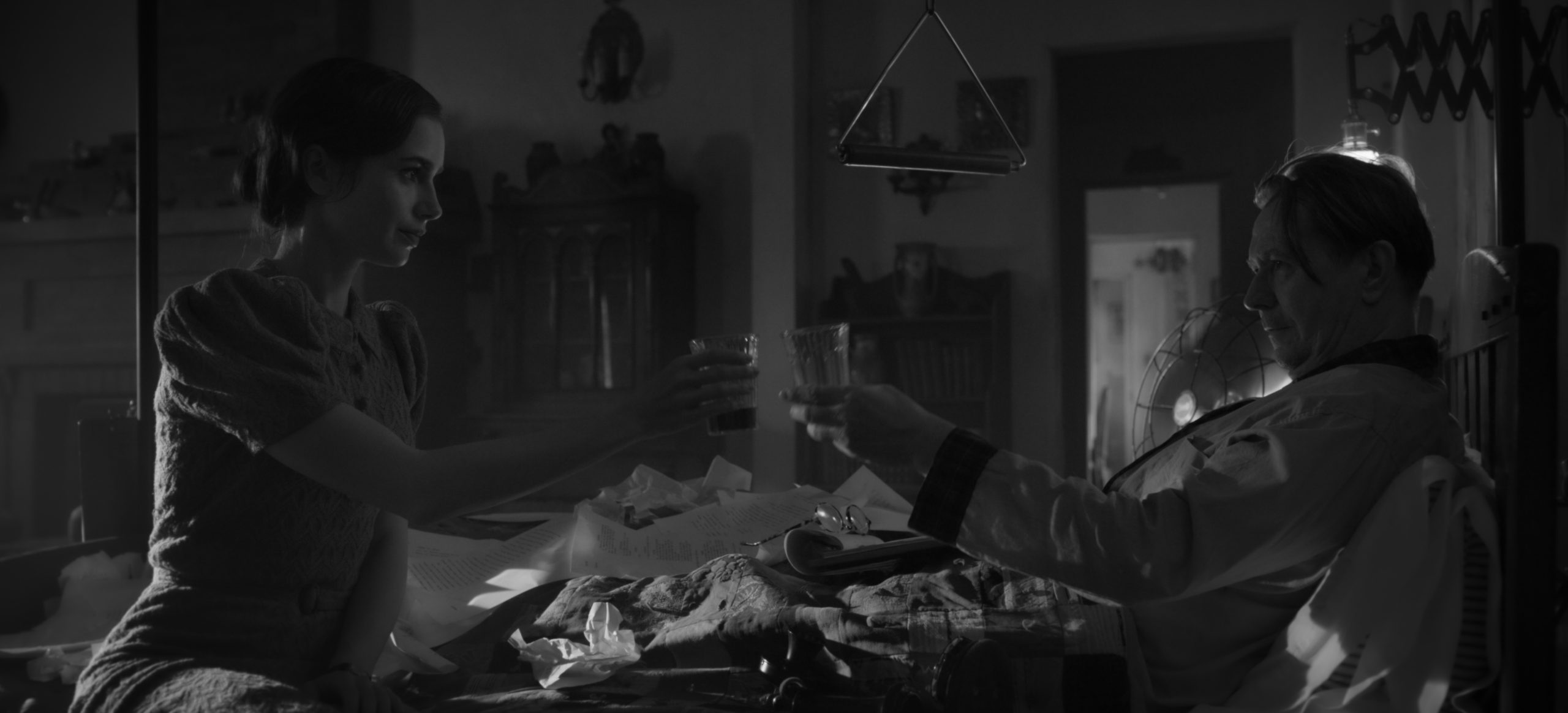5 Things You Don’t Know About Herman J. Mankiewicz
The trailer has been released for the new David Fincher-directed film Mank, about Citizen Kane screenwriter Herman J. Mankiewicz. The movie will come out in theaters in November and on Netflix in December. Mank is only the second biographical film about a member of the Algonquin Round Table; Alan Rudolph’s Mrs. Parker and the Vicious Circle (1994) was the first.
Mankiewicz was one of the great screenwriters and producers of the Golden Age of Hollywood. He is one of the 30 members of the Vicious Circle whom I wrote about in my book The Algonquin Round Table New York: A Historical Guide. There are many facts about his incredible life (for example, he produced the three best Marx Brothers movies); and most probably will not make it into this film, sadly, but I’ll share them here.
1. He was born in New York City in 1897 but as a child grew up in Wilkes-Barre, Pennsylvania, where his father was a teacher. As a boy his beloved bicycle was stolen. That was the inspiration for Rosebud in Citizen Kane.
2. He was incredibly gifted and entered Columbia when he was just 15, graduating three years later and then onto graduate school. He was a voracious reader, and it’s said that his book collection in Hollywood was among the greatest private libraries in the city.
3. Mankiewicz enlisted in the U.S. Marine Corps and served in World War I. Because he spoke fluent German, this helped him in post-war Germany, where he worked for the Red Cross and as a newspaper correspondent.
4. He did not join the Round Table until he moved to New York in 1922, brought there by George S. Kaufman. Mankiewicz worked at the World, where he met Franklin P. Adams and Heywood Broun. He then transferred to the Times. All of these newspaper experiences are in Citizen Kane.
5. Mank was hired by Harold Ross and Jane Grant as one of the first writers for The New Yorker. Alexander Woollcott called him “the funniest man in New York,” and Robert E. Sherwood said he was “the truest wit of all.”
He quit journalism and went to Hollywood in 1926, right when silents transitioned to talkies. He famously sent a telegram back to New York to Ben Hecht: “Millions are to be grabbed out here and your only competition is idiots. Don’t let this get around.”
For fans of the Algonquin Round Table, it looks like the cast has other characters with names familiar to the group and The New Yorker. There are roles in the film for George S. Kaufman, Charles MacArthur, Ben Hecht, and S.J. Perelman. The always-great Gary Oldman plays Mankiewicz.
The trailer and the photos from the film look amazing. Fincher of course is a meticulous auteur, and if the film is anything like his previous work such as The Social Network or The Curious Case of Benjamin Button, this movie will do justice to the tragic life and brilliant career of Herman Mankiewicz.
